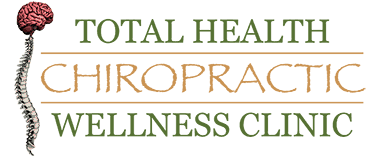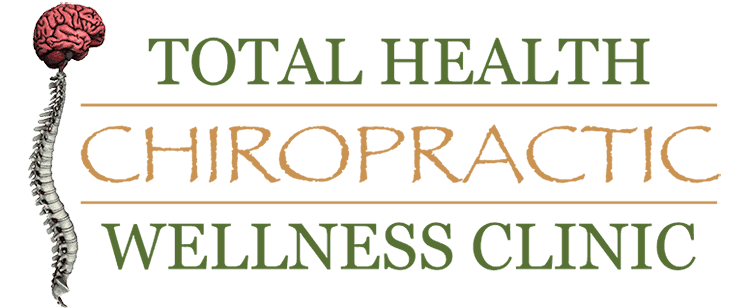Research shows pregnancy and the birth process can alter the position and movement of newborns’ spines. Chiropractors check and correct abnormal spinal movement patterns (subluxations) to reduce interference (stress) from the central nervous system. The reduction of nervous system interference through better spinal health allows a baby, child, or adult maximise structure, mobility, and function in their entire body.
The value of Chiropractic goes well beyond back pain and neck stiffness. Men, women, and babies experience the benefits of Chiropractic with or without spinal pain. An intimate relationship exists between the alignment and movement of the spine, and the function of the central nervous system. Chiropractic helps people with a variety of conditions, disorders, and symptoms due to the role the spine plays in central nervous system function. Understanding the lifelong benefits of Chiropractic care involves a proactive approach to overall health care. Small misalignments in the spine occur like cavities in teeth. Damage begins to happen well before pain or symptoms arise. Optimal health involves regular spinal check-ups and adjustments over a lifetime to maximise function of the body through a healthy spine and nervous system.
The most crucial moments of proactive care begin with newborn babies. Recent 2015 research evaluated 100 healthy newborns between 6 to 72 hours after birth for asymmetry and restricted motion in the spine. 91% of babies began their lives with abnormal symmetry and restrictions in the neck (cervical spine). 94% of these subjects experienced abnormalities in their lower spine (lumbar). Evidence reflects the importance of Chiropractic care for newborn babies experiencing subluxations resulting from birth trauma.
Spinal dysfunctions in newborns result from uterine strain during pregnancy. Uterine fibroids, uterine shape, and strained uterine ligaments create stress on the uterus and fetus during development. The physicality and often traumatic birth process contribute to abnormal spinal health in babies. Chiropractors understand this concept better than most other health professionals and reflect why Chiropractic clinics focus on the importance of early care for children and babies who deserve the utmost attention when it comes to building a foundation of immunity and strength against disease and sickness.
Factors that contributed to the abnormal findings in the study included duration of labor, number of births for the mother, intervention during labor and birth, instruments used during delivery, fetal head position, and caesarean deliveries. These traumatic events occur naturally but reveal the importance of checking and optimizing spine and nervous system health through Chiropractic care for women, pregnant mothers, children, and newborns. The study also found a significant correlation between the number of identified spinal dysfunctions and the duration of labor. Longer labor led to an increase in spinal dysfunction in newborns.
Extensive research provides evidence that the vast majority of healthy newborns have spinal mechanical problems which may adversely influence the child’s health and development. Healthy tends to describe the child’s present state while Chiropractic focuses on being proactive for the future. All the babies in the aforementioned study experienced spine and nervous system abnormalities yet received a healthy grade from medical doctors because no immediate pain or stress manifested during examination. Better neurological health with or without symptoms begins with a Chiropractic evaluation. The best health care plans involve preventative steps to ensure healthy teeth, a healthy heart, and a healthy nervous system. Waiting for pain usually means the road ahead will be long and difficult. The identification and treatment of spinal subluxations through Chiropractic care leads to improved health outcomes in newborns, babies, children, and adults. Over 120 years of science and research prove that Chiropractic works.
References:
J Am Osteopath Assoc. 2015 Nov;115(11):654-65. Incidence of Somatic Dysfunction in Healthy Newborns.

